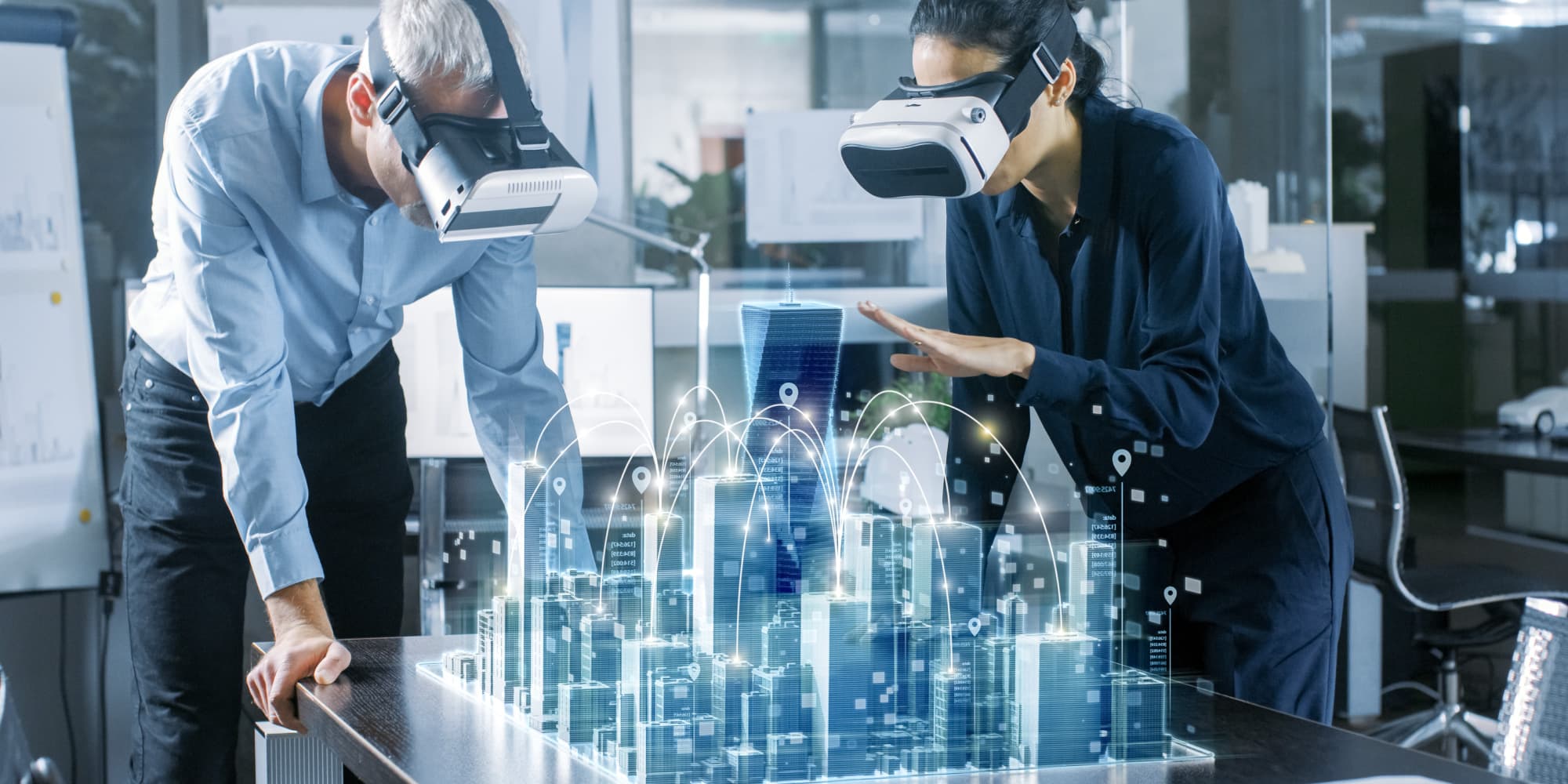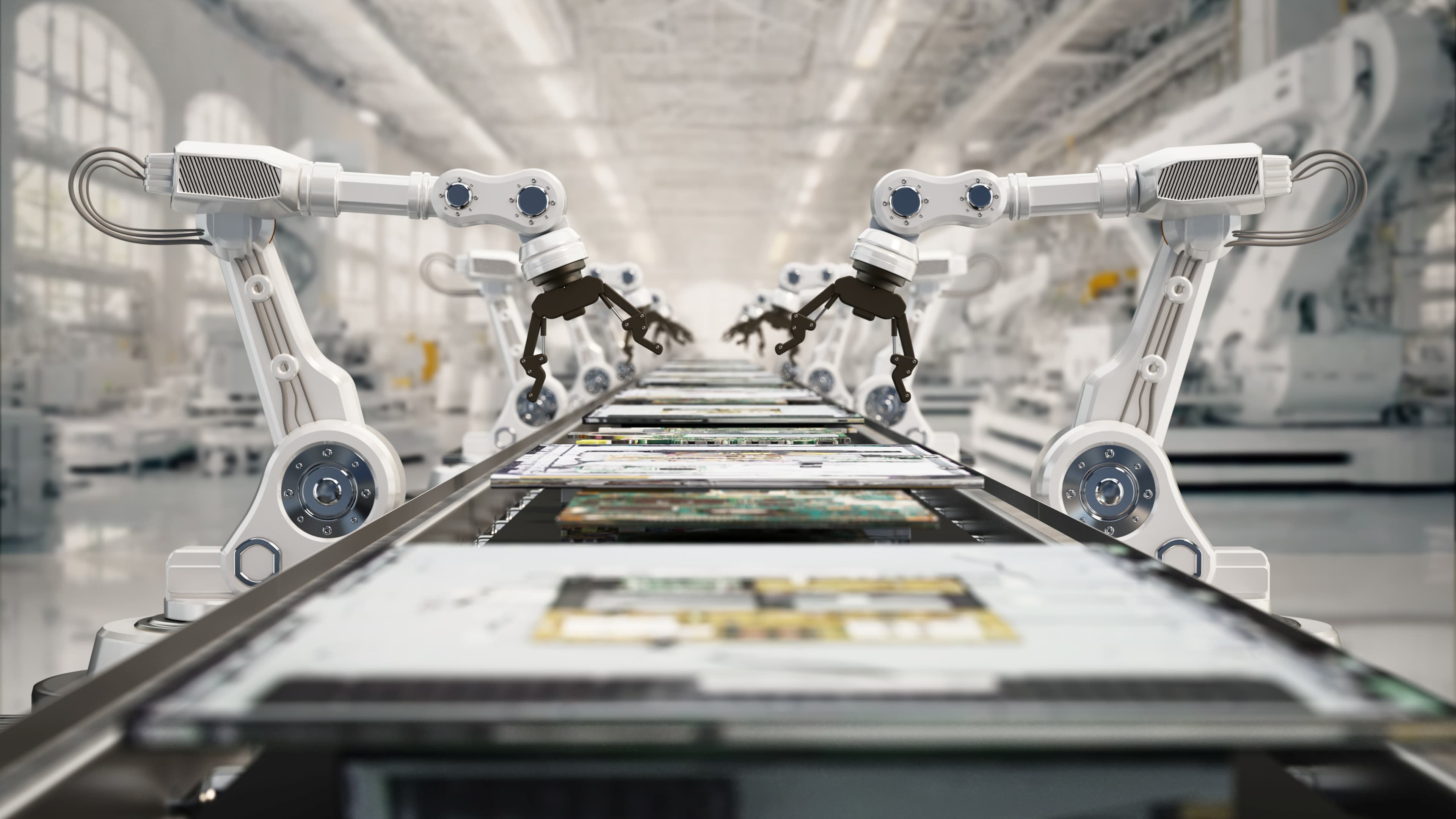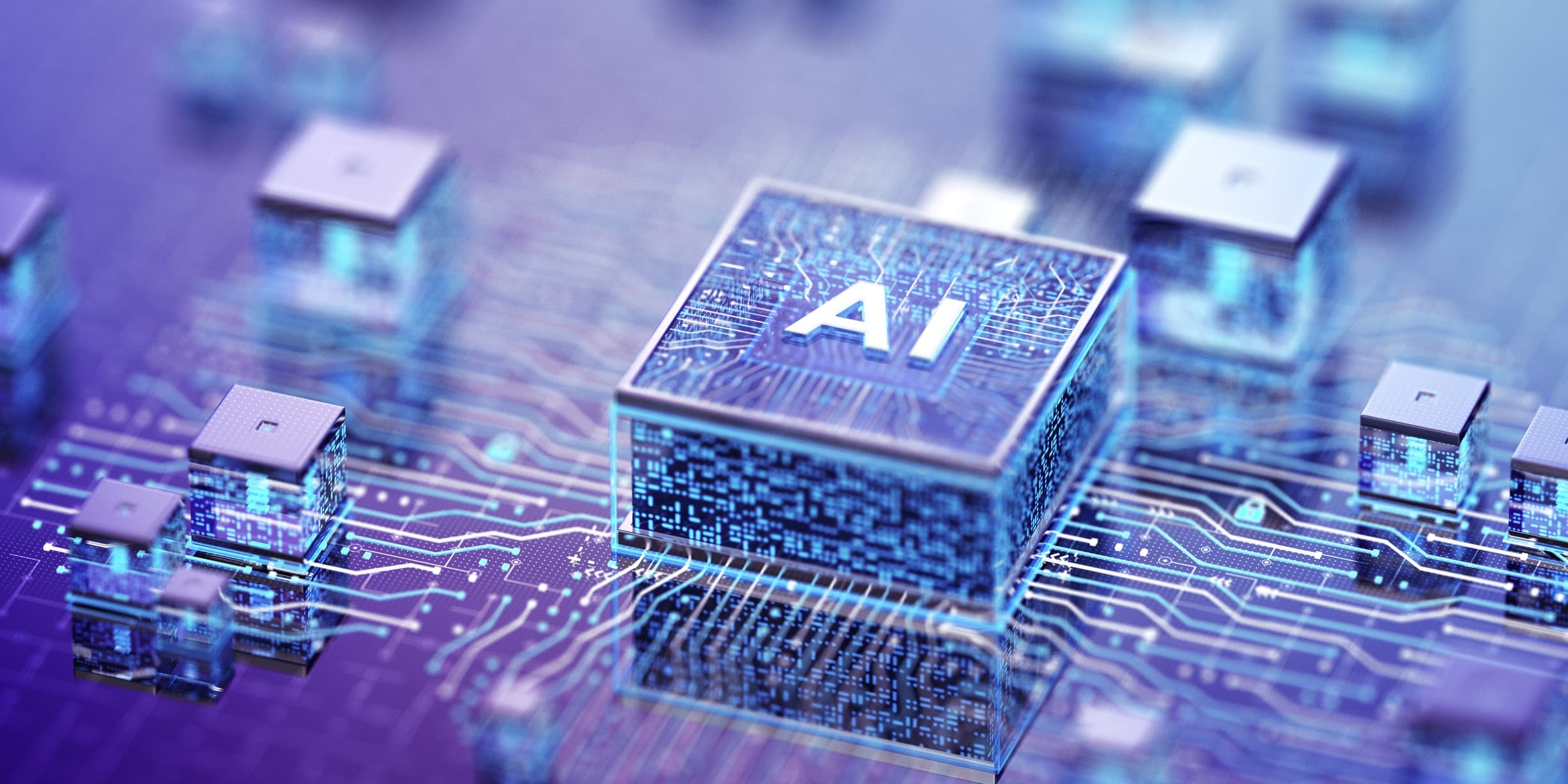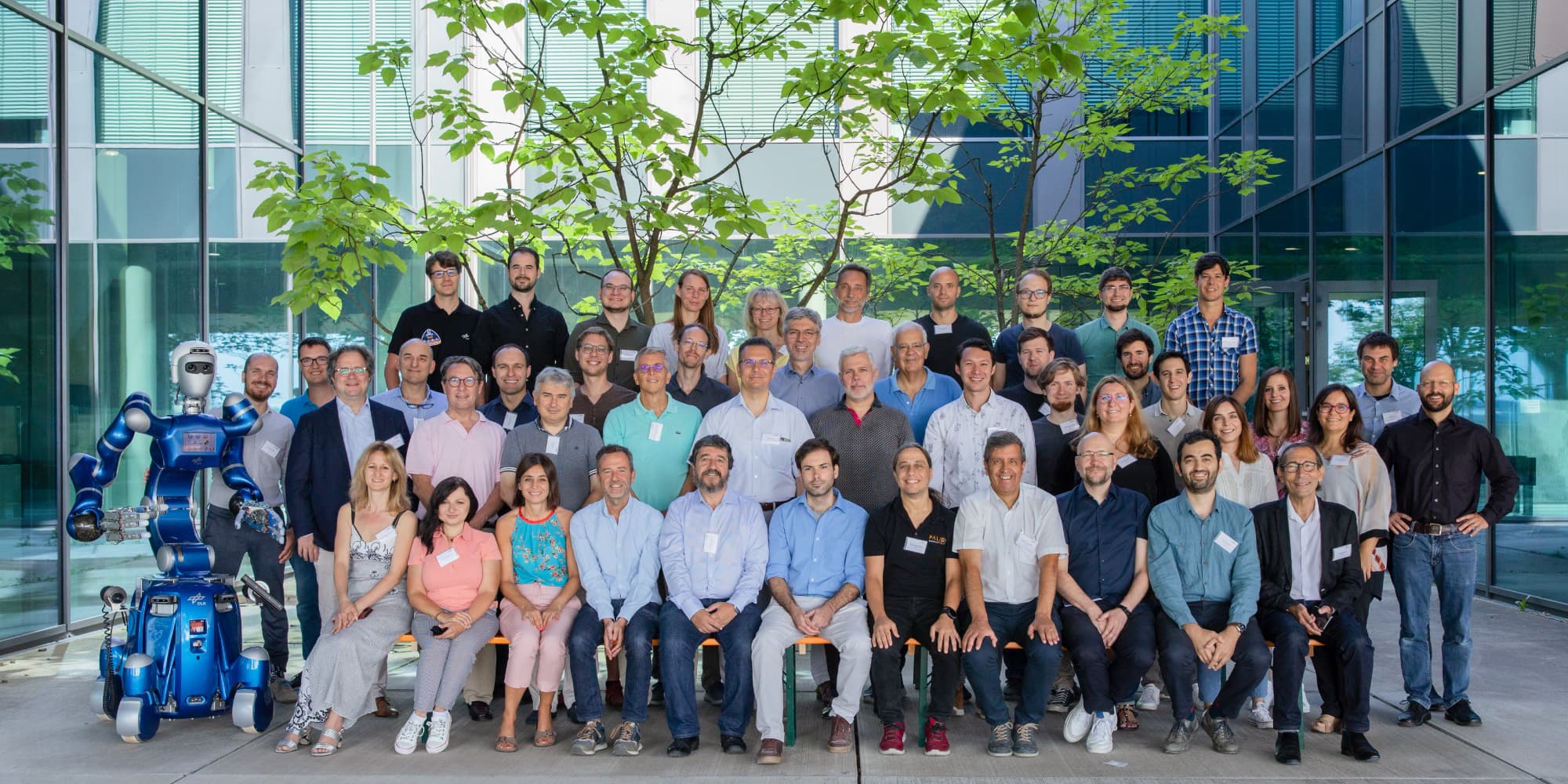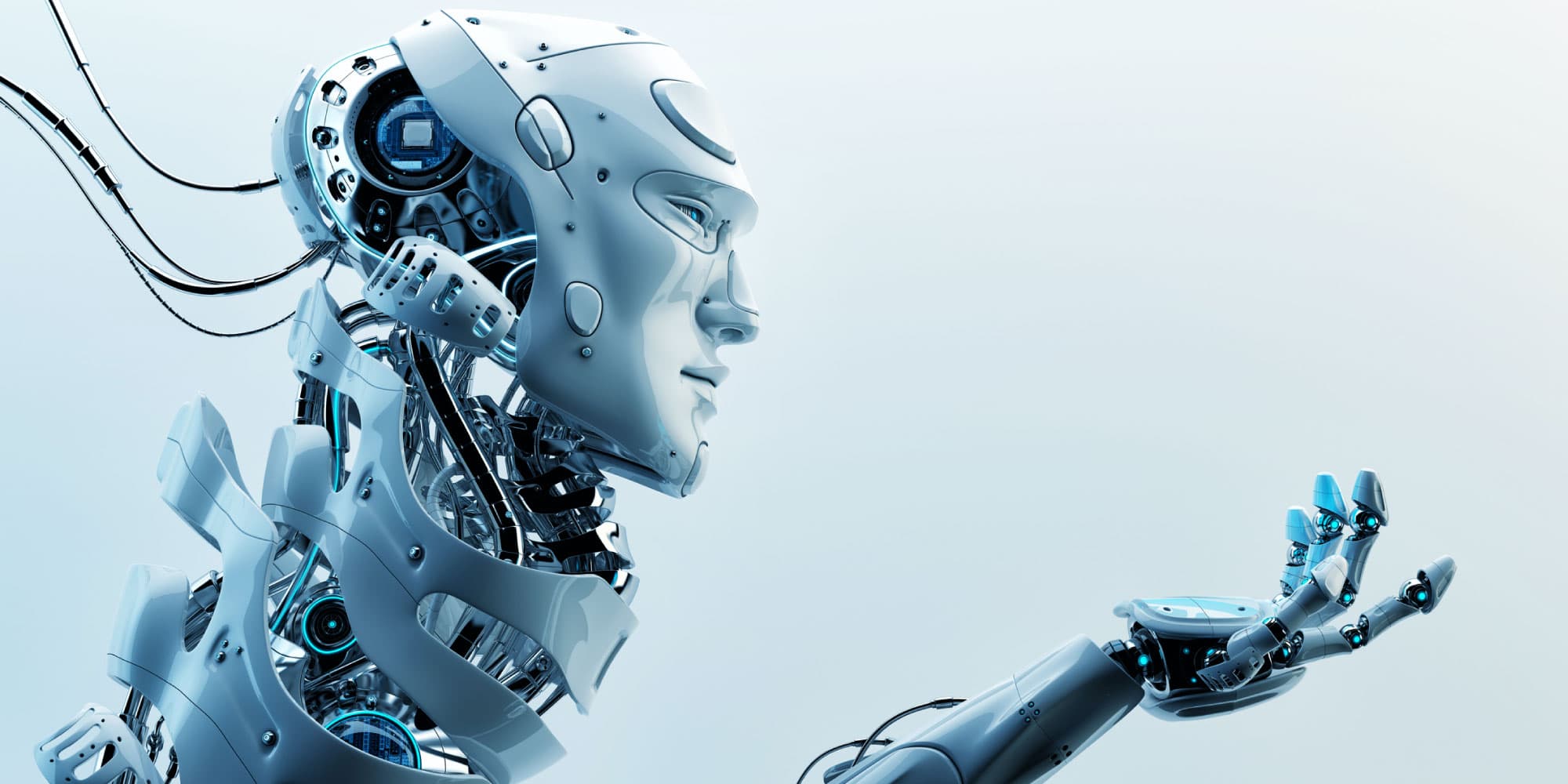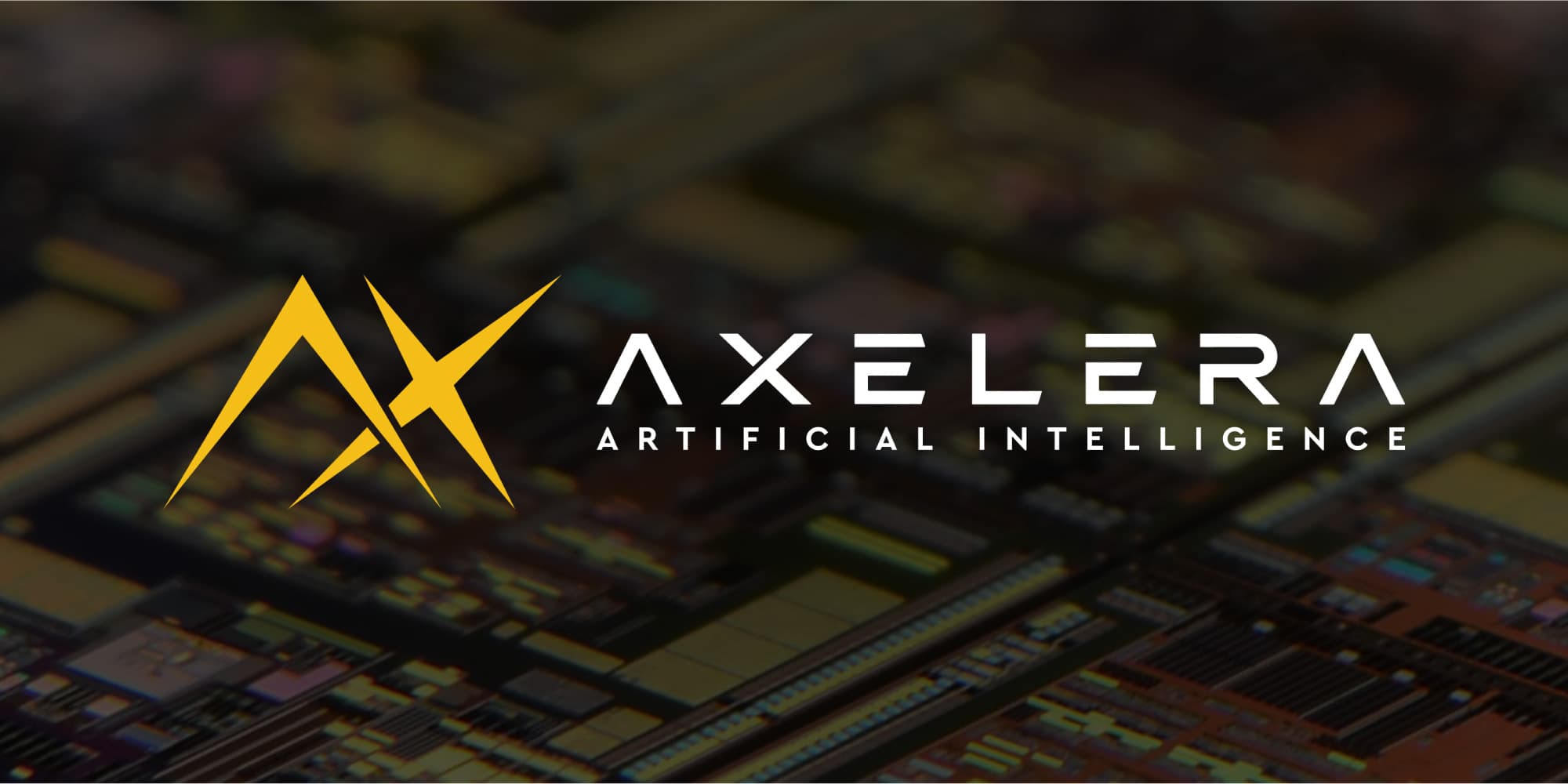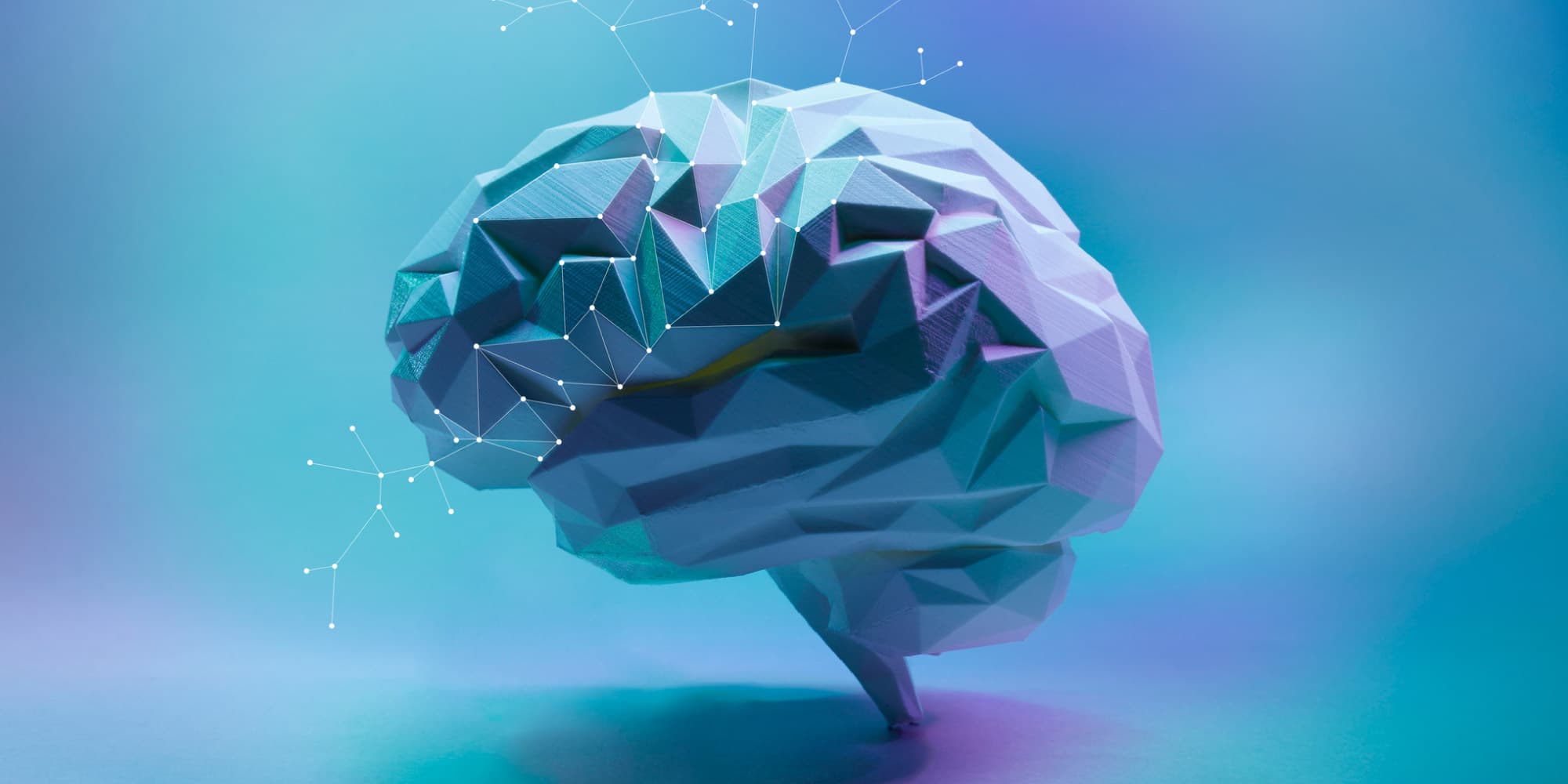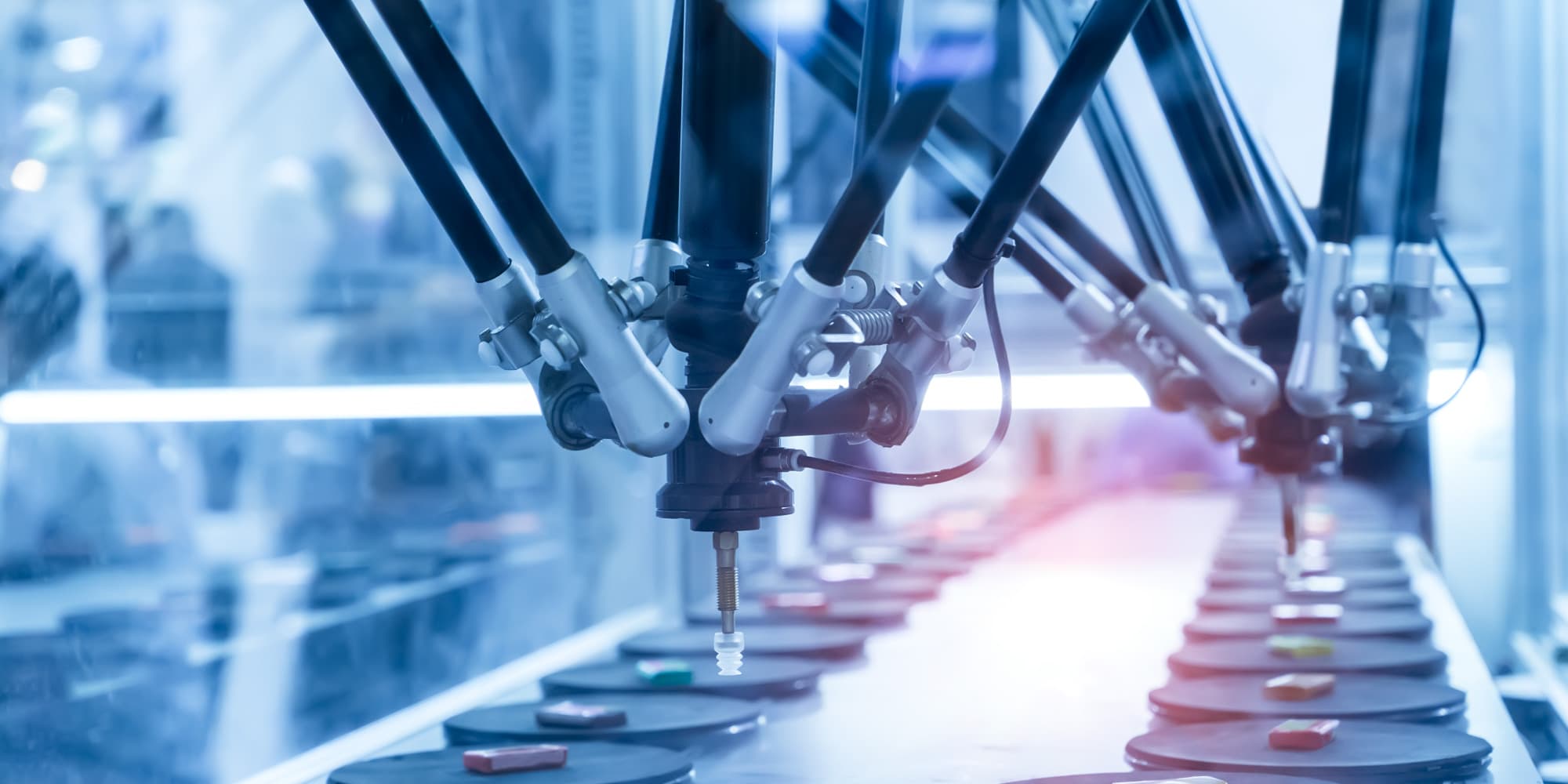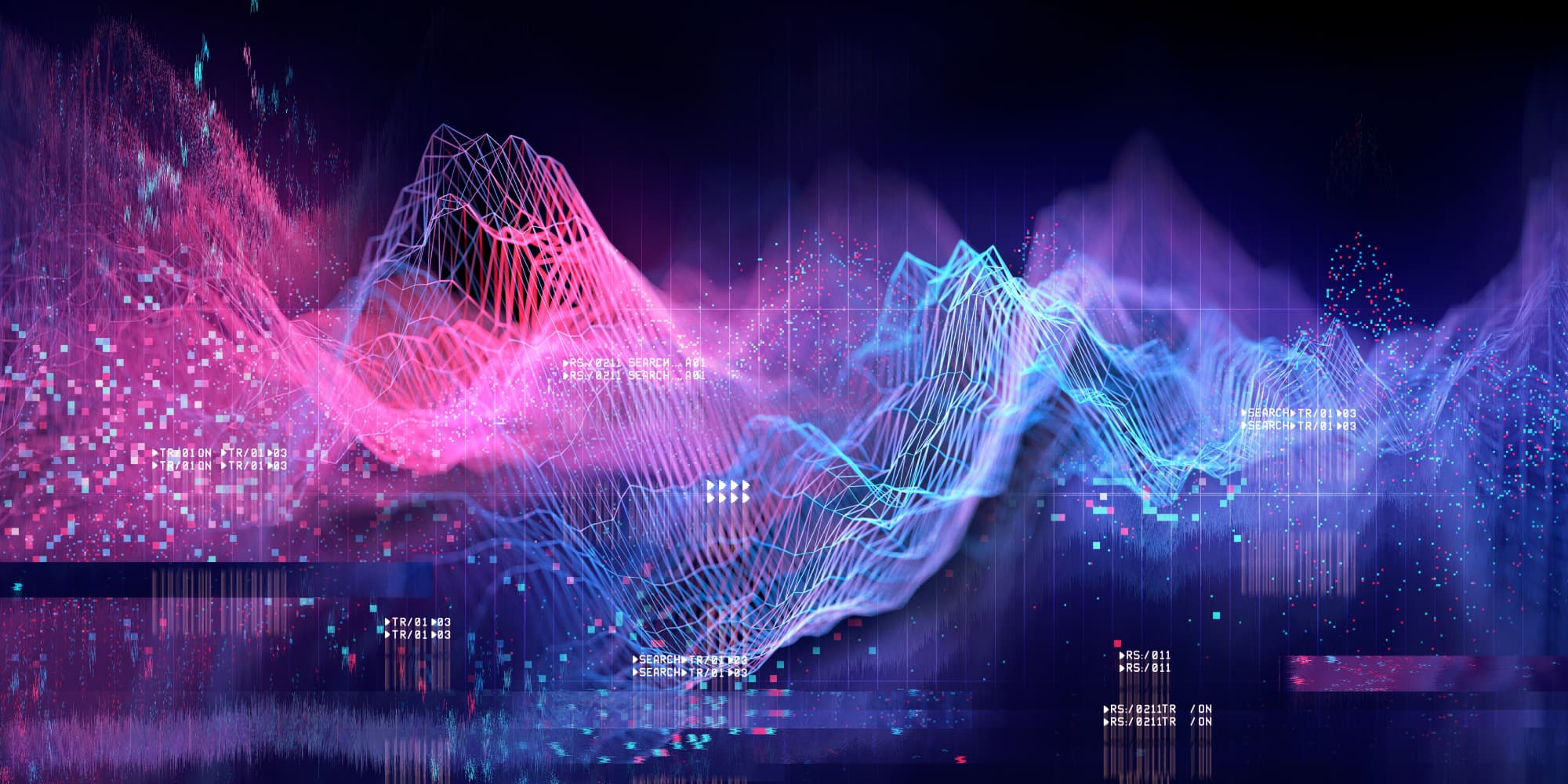From helicopter view to bottom-up action
SME- or innovation managers sometimes approach AI from a high-level strategic point of view, potentially embedded in an overall strategy for digital transformation. This type of exercise results in a broad analysis of the potential opportunities of AI and other digital technologies in their companies. And that is certainly a useful insight to have. Often then the difficulty lies in translating such helicopter analysis into a focus and approach for a first concrete application.
Especially for the optimization of internal business- and production processes, there are often quick wins to be made by – in a smart and structured way – looking at the existing datasets and workflows. And because these are usually already well optimized, the introduction of AI is often the best way to improve them even further.
AI for internal business processes
Two elements are important in this respect. The first is being aware of its own limitations. Flanders still has a lot of manufacturing companies in sectors such as textiles, pharmaceuticals, automotive, construction, materials, machinery, etc. Such companies are experts in their own processes. However, they sometimes lack the technical knowledge to assess the value of their large datasets and a strategy to translate their process knowledge into, for example, a predictive model. Such companies can gain a lot by having an AI expert study their internal kitchen and unlock potentially latent sources of profit gain.
Secondly, it is important to always keep in mind the added value resulting from the intervention. For example, is it about reducing production costs, shortening turnover times, avoiding down-time or making the operator work better or safer? If there is no clear added business value, there is often little point in applying AI or any other digitization.
In any case, it is very useful to take a thorough look at the data that is already present in your company.
Many companies log a larger amount of data than they are aware of. Maybe patterns or correlations can be discovered that make smart improvements possible?
In addition to the deep-dive in large datasets, it is also important to invest in an IT-architecture that is suitable for managing these datasets and for providing the necessary computing power for machine learning models. In general terms, such an approach can lead to immediate gains in terms of predictive maintenance, productivity, cost efficiency and product quality.
AI for new business models
Another AI-scenario can be applied to the development of existing products or services and their related business models. Take, for example, a company in the lighting industry for public spaces or industrial buildings. This sector already shows an evolution from offering a product (lamps) to a service (light). One step further is to look at all kinds of synergies that can arise with related sectors and/or data sources. Think of safety (e.g. in parks), concentration (e.g. in schools), health (e.g. in rest homes), traffic flow (e.g. in cities), etc. Or what additional insights can emerge by including recordings of sound, images, etc. in your analyses? This is exactly what imec investigates in the Smart Zone project, part of City of Things in Antwerp.
Off-the-shelf technology
And there is already a wide range of immediately available technologies on the market. In collaborations with the industry - such as bilateral “customer-supplier” or funded ICON projects - it is often a matter of cleverly deploying and combining off-the-shelf technology. You can cover quite some distance with existing neural networks, available programming frameworks such as a Microsoft Machine learning studio, TensorFlow, and cloud- and hardware-computing platforms such as Azure cloud, Amazon AWS, and Nvidia DGX.
Imec reaches out to companies with AI-related challenges as well as to those with a possible contribution to the answers.
Want to know more?
- Projectpage on how advanced lighting applications are being exploired in the Smart Zone project in Antwerp.
About Joris Vanderschrick
Joris Vanderschrick has a degree in Electro-Mechanical engineering. He has over 16 years experience in different roles from application engineering to business development, at different technology, product development & innovation consultancy companies. He has been following up on the digital transformation initiatives and trends in a broad range of sectors eg. from manufacturing, equipment & machinery, consumer to medical.
Joris is now working in the LivingLabs & Application prototyping division of imec Innovation services, focusing on digital innovation via agile application development, validated with iterative user testing. Typical core technological focus areas are Iot & Mobile, AR & VR, Machine Learning & Artificial Intelligence.
Published on:
13 May 2019

